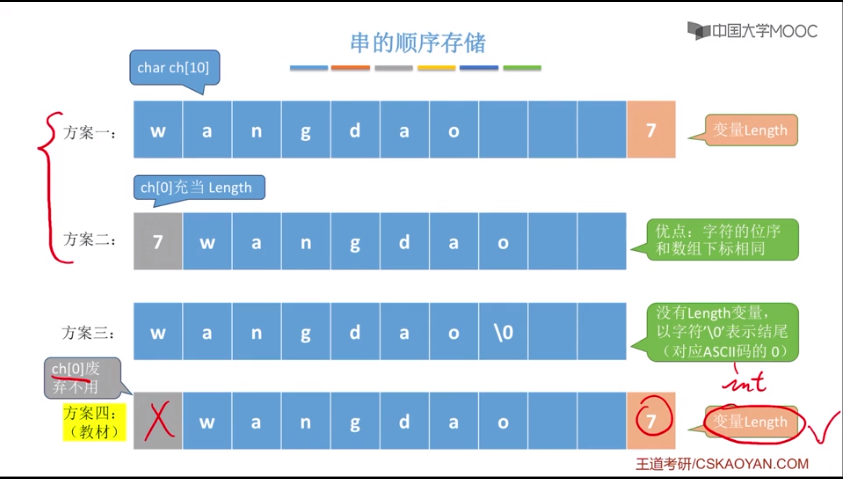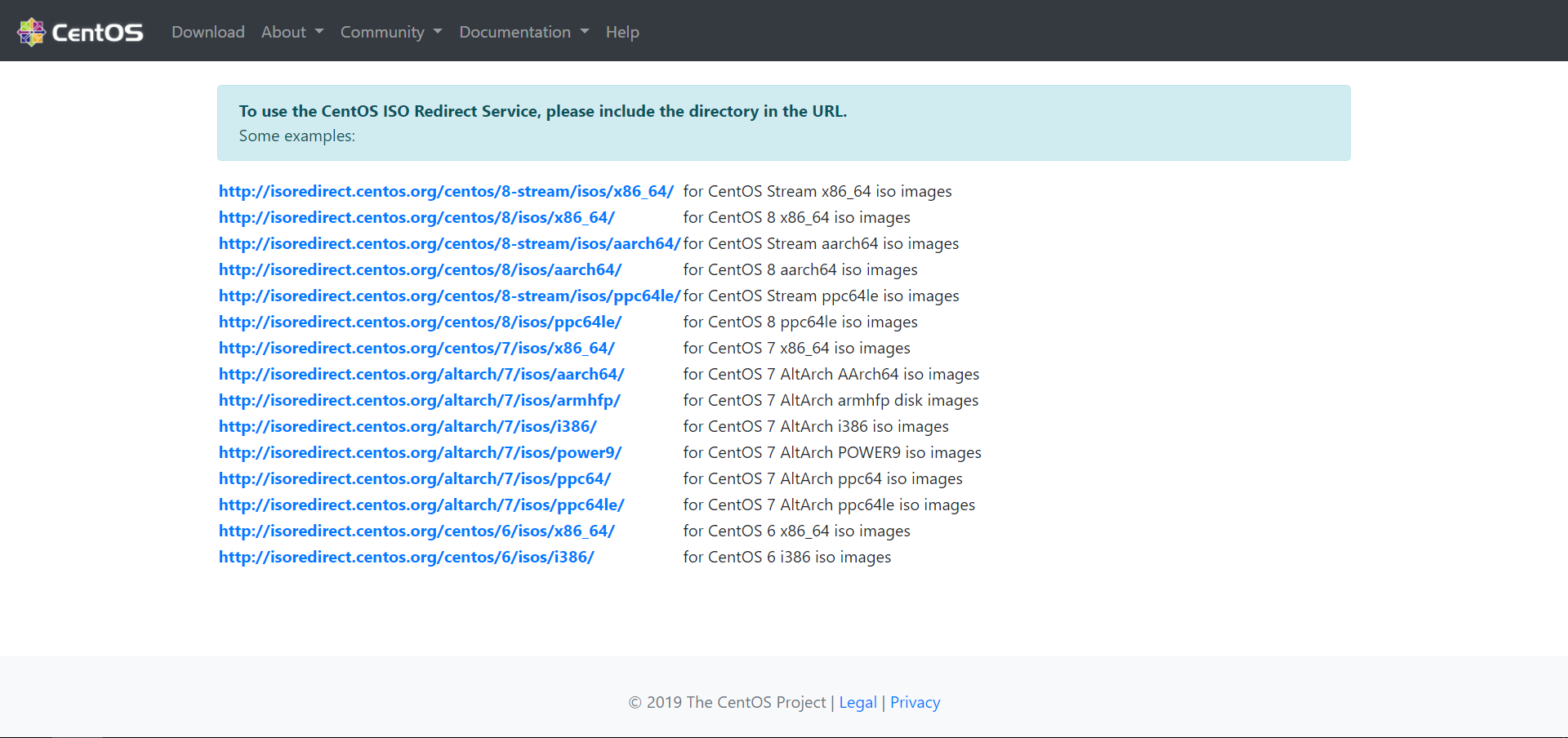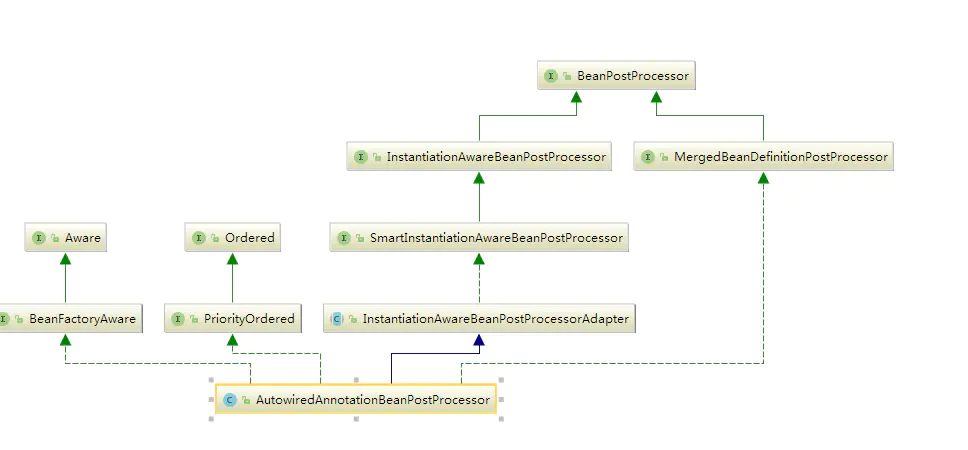[笔记] Data Augmentation for Computer Vision with PyTorch
数据增强(Data Augmentation)是一种避免模型过拟合、提高模型泛化能力的常见手段,由于种类和细节繁多,很少有人对其进行整理。
本篇博文旨在对常见的数据增强方式进行整理,并利用 torchvision 所提供的函数进行 Python 代码示例。
1. Basic knowledge About torchvision.transforms
torchvision 提供子包 transforms,用以进行常见的图像变换(image transformation),常用于图像数据的数据增强。
官方文档:链接
torchvision.transforms 所提供的各个具体的 transforms 类可以利用 torchvision.transforms.Compose() 进行结合,方便代码的编写:
trans = transforms.Compose([transforms.Resize((args.MultiScale,args.MultiScale)),transforms.ColorJitter(brightness=(0.5,1.5), contrast=(0.5,1.5), saturation=(0.5,1.5), hue=(-0.1,0.1)),transforms.ToTensor(),transforms.Normalize(mean=[0.485, 0.456, 0.406],std=[0.229, 0.224, 0.225]),])
常见的 transforms 类所处理的对象都是 PIL 的 Image 实例,不过 torchvision.transforms 仍然提供了可以处理其他数据的 transforms:
Transforms on torch.*Tensor
利用该 transfroms 类对 Tensor 进行归一化
trans = torchvision.transforms.Normalize(mean, std, inplace=False)
Conversion Transforms
利用该 transfroms 类将 Tensor 转化为 PIL 的 Image 实例
trans = torchvision.transforms.ToPILImage(mode=None)
利用该 transfroms 类将 PIL 的 Image 实例转化为 Tensor
trans = torchvision.transforms.ToTensor()
Generic Transforms
该 transfroms 类支持将 lambda function 转为 transform,常与 transforms.Compose() 结合使用
trans = torchvision.transforms.Lambda(lambda_function)
2. Data Augmentation for Computer Vision
光度畸变(Photometric Distortions)
随机色彩抖动(Random Color Jitter)
其中,brightness 指定亮度抖动范围,contrast 指定对比度抖动范围,saturation 指定饱和度抖动范围,hue 指定色调抖动范围。
参数格式为:float or tuple of python:float (min, max),分别对应的抖动范围为[max(0,1-param),1+param] or the given [min, max]。
brightness/contrast/saturation 要求非负, 而 hue 则要求 0<=hue<=0.5 or -0.5<=min<=max<=0.5$。
trans = torchvision.transforms.ColorJitter(brightness=0, contrast=0, saturation=0, hue=0)
还可以用 torchvision.transforms.functional 所提供的函数进行色彩抖动
trans = torchvision.transforms.functional.adjust_brightness(img, brightness_factor) # 调节图像亮度
trans = torchvision.transforms.functional.adjust_contrast(img, contrast_factor) # 调节图像对比度
trans = torchvision.transforms.functional.adjust_saturation(img, saturation_factor) # 调节图像饱和度
trans = torchvision.transforms.functional.adjust_hue(img, hue_factor) # 调节图像色调
trans = torchvision.transforms.functional.adjust_gamma(img, gamma, gain=1) # 进行伽马矫正随机通道(Random Channel Shffule)
ChannelShuufle = [Lambda(lambda img: Image.merge(‘RGB’, (img.split[0], img.split[1], img.split[2]))),
Lambda(lambda img: Image.merge(‘RGB’, (img.split[0], img.split[2], img.split[1]))),
Lambda(lambda img: Image.merge(‘RGB’, (img.split[1], img.split[0], img.split[1]))),
Lambda(lambda img: Image.merge(‘RGB’, (img.split[1], img.split[2], img.split[0]))),
Lambda(lambda img: Image.merge(‘RGB’, (img.split[2], img.split[0], img.split[1]))),
Lambda(lambda img: Image.merge(‘RGB’, (img.split[2], img.split[1], img.split[0])))]
trans = torchvision.transforms.RandomChoice(ChannelShffule)随机转化为灰度图(Random Grayscale)
其中,p 为随机转化概率,所输出 Tensor 的通道数与输入保持一致
trans = torchvision.transforms.RandomGrayscale(p=0.1)
利用 RandomApply 可以做到指定所输出 Tensor 的通道数
其中,p 为随机概率,num_output_channels 指定所输出 Tensor 的通道数
trans = torchvision.transforms.RandomApply(torchvision.transforms.Grayscale(num_output_channels=1), p=0.5)
归一化(Normalization)
其中,Iamge Net 常用参数为:mean=[0.485, 0.456, 0.406],std=[0.229, 0.224, 0.225]
PS:需要先将图像转为 Tensor
trans = torchvision.transforms.Compose([
transforms.ToTensor(),transforms.Normalize(mean, std, inplace=False),])
未完待续
几何畸变(Geometric Distortions)
调整图像大小(Resize Image)
其中,size 为缩放后图像的大小,格式为:(sequence or int); interpolation 指定插值方式,为可选参数,格式为:int(默认值为 PIL.Image.BILINEAR)。
size 为 (h,w) 时,缩放后的图像大小为 (h,w);size 为 int 时,图像将保持原有宽高比进行缩放且最短边将缩放至 size 大小,即 (size * height/width, size)(当原图像高比宽长时)。
trans = torchvision.transforms.Resize(size, interpolation=2)
扩展边界框(Expand Bounding Box)
def EnlargeBBox(img,bbox,Factor_H,Factor_V):
ori_img_w, ori_img_h = img.size# BoundingBoxleft = bbox[0]upper = bbox[1]right = bbox[2]lower = bbox[3]# Set Enlarge Facotrpadding_h = max(0, int((right - left)*Factor_H))padding_v = max(0, int((lower - upper)*Factor_V))# Enlarge Bounding Boxleft = max(left - int(0.5*padding_h), 0)right = min(right + int(0.5*padding_h), ori_img_w)upper = max(upper - int(0.5*padding_v), 0)lower = min(lower + int(0.5*padding_v), ori_img_h)# return (left,right,upper,lower)return left, upper, lower-upper, right-left
利用 torchvision.transforms.functional.crop 进行 ROI 提取
patch = torchvision.transforms.functional.crop(img, *EnlargeBBox(img,bbox,Factor_H,Factor_V))
中心裁剪(Center Crop)
其中,size 指定所裁剪区域大小,参数格式为:int or tuple of python
当 size 为 int 时,所裁剪的区域大小为 (size,size)
trans = torchvision.transforms.CenterCrop(size)
可以用 torchvision.transforms.functional.crop(img, i, j, h, w) 进行精细裁剪
其中,(i,j) 为裁剪区域的左上角坐标,(h,w) 为裁剪区域的高与宽
patch = torchvision.transforms.functional.crop(img, i, j, h, w)
随机裁剪(Random Crop)
trans = torchvision.transforms.RandomCrop(size, padding=None, pad_if_needed=False, fill=0, padding_mode=’constant’)
随机旋转(Random Rotation)
其中,degrees 指定随机旋转的角度范围,格式为:(sequence or float or int) 。
trans = torchvision.transforms.RandomRotation(degrees, resample=False, expand=False, center=None)
随机翻转(Random Flip)
随机垂直翻转
trans = torchvision.transforms.RandomVerticalFlip(p=0.5) # 其中,p 为翻转概率
随机水平翻转
trans = torchvision.transforms.RandomHorizontalFlip(p=0.5) # 其中,p 为翻转概率
- 未完待续
参考资料:
- Image augmentation for machine learning experiments.
- Torchvision transforms 总结
- 深度学习入门之Pytorch——数据增强



































还没有评论,来说两句吧...